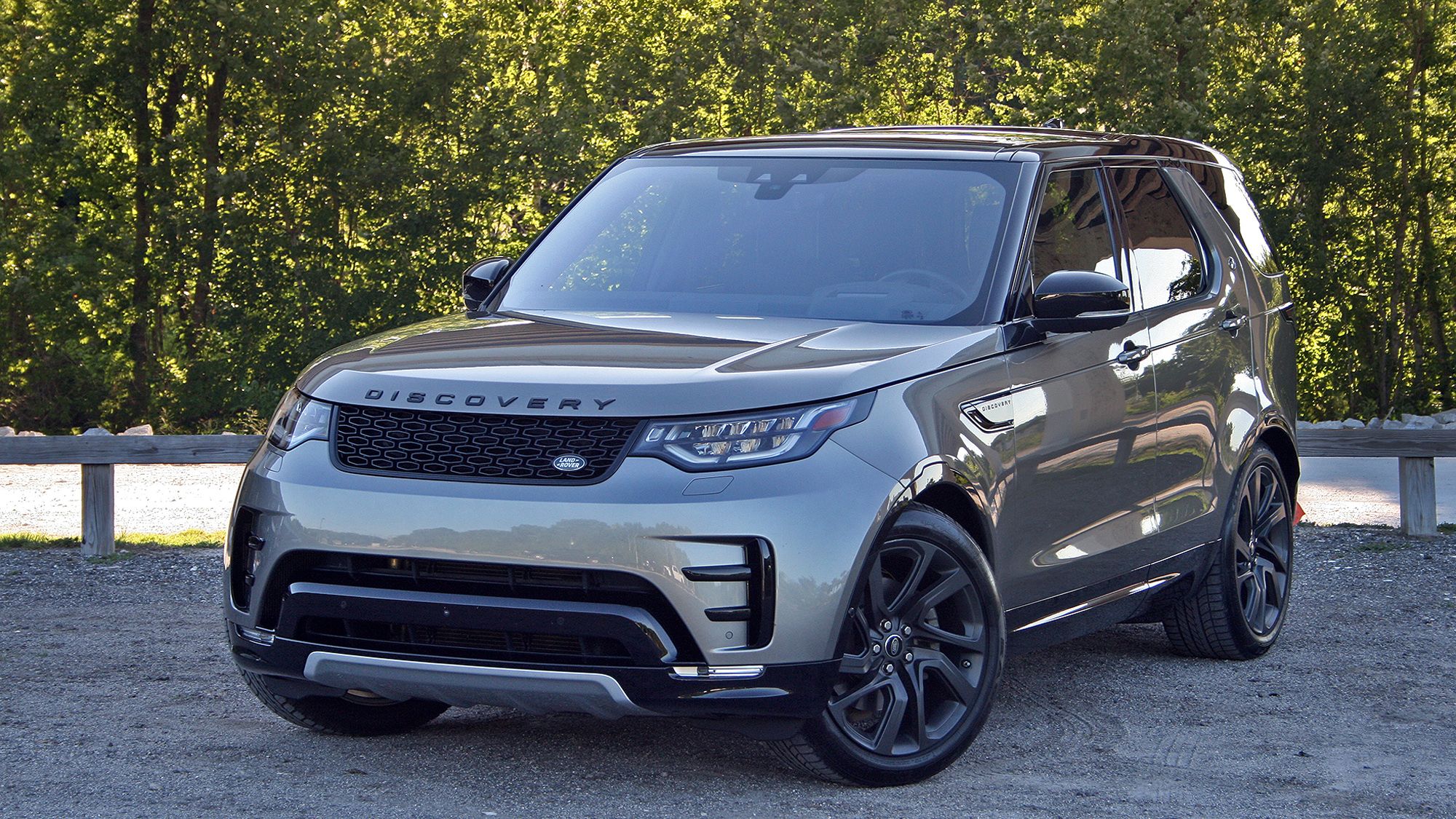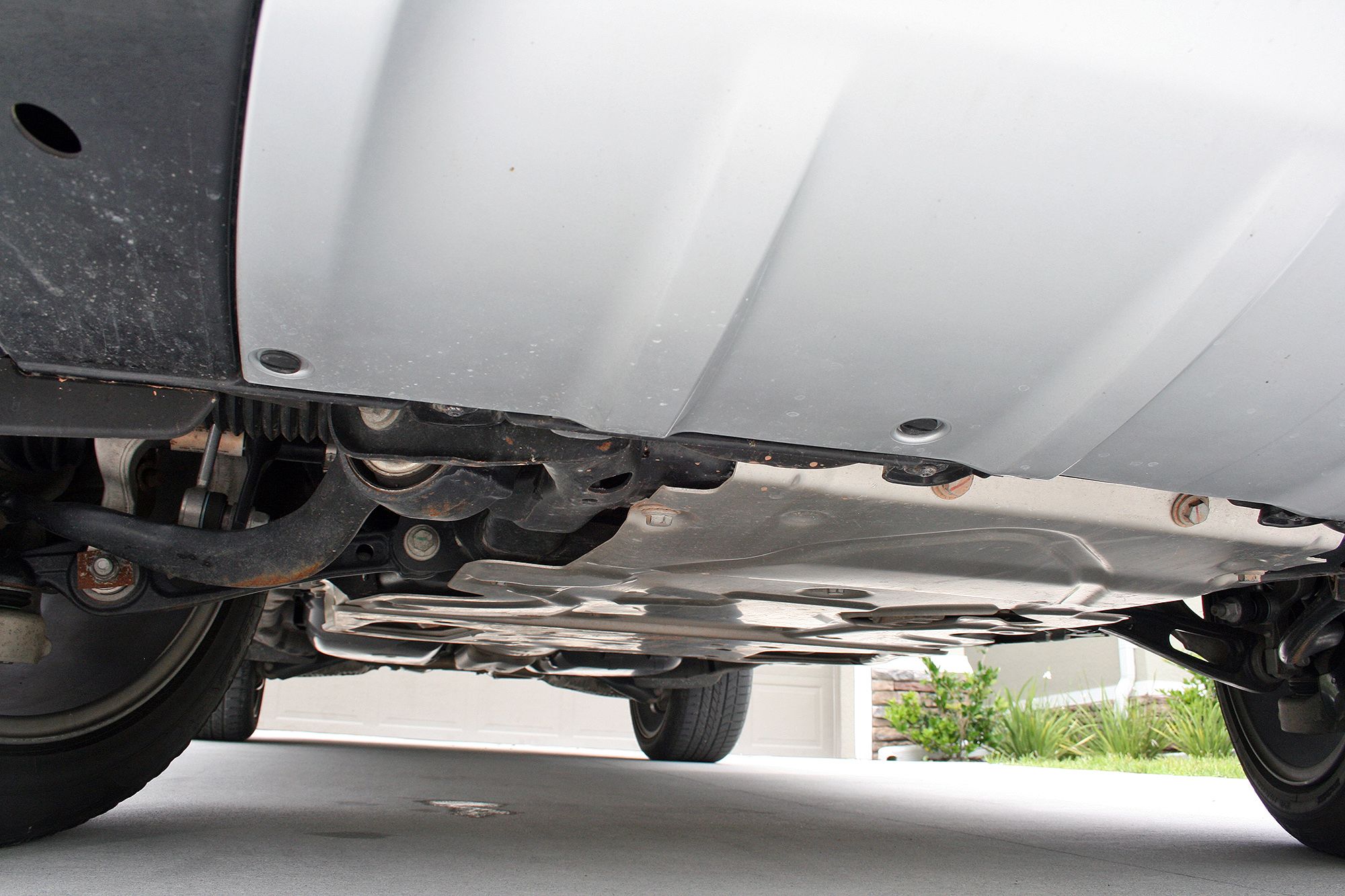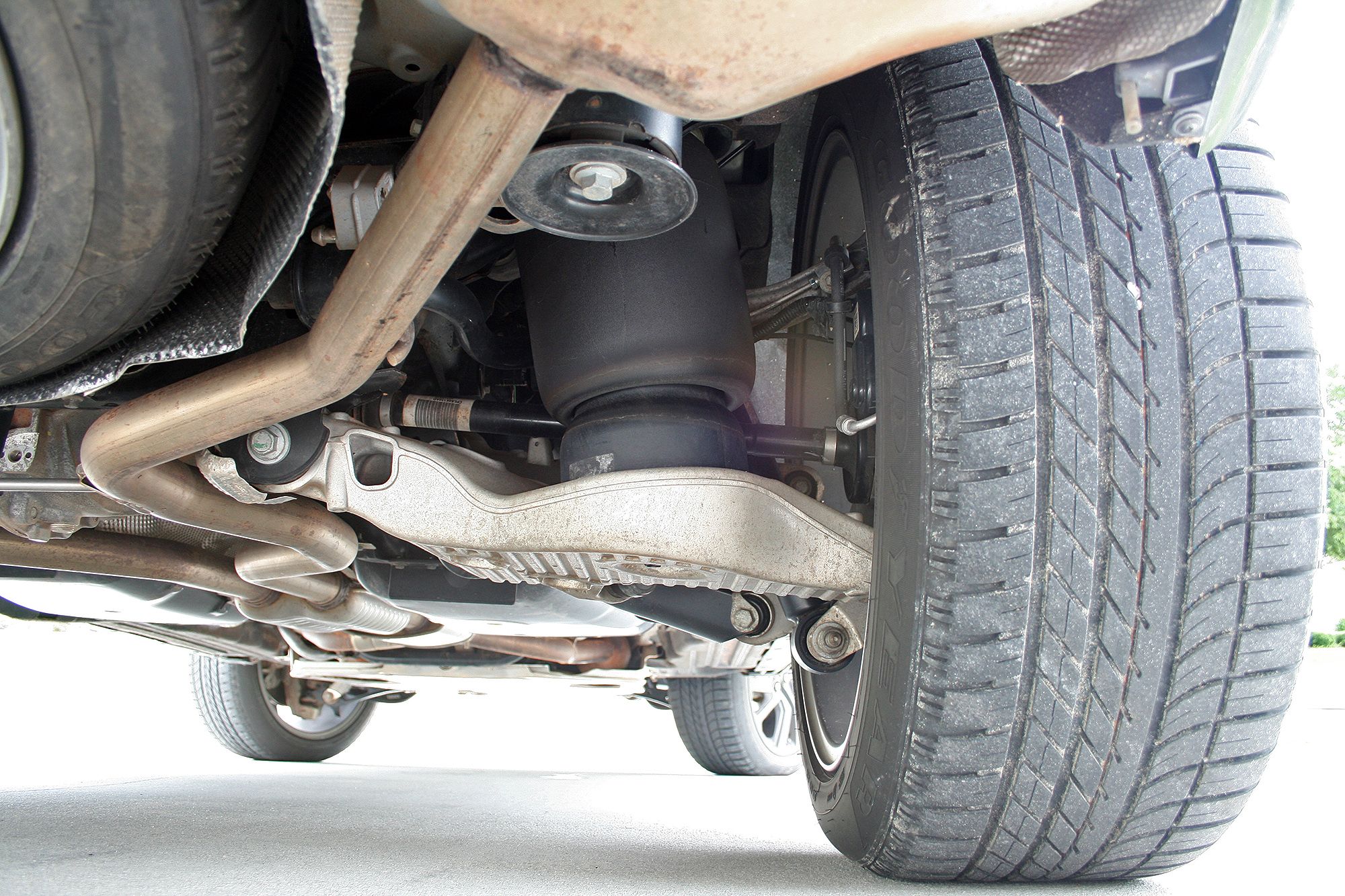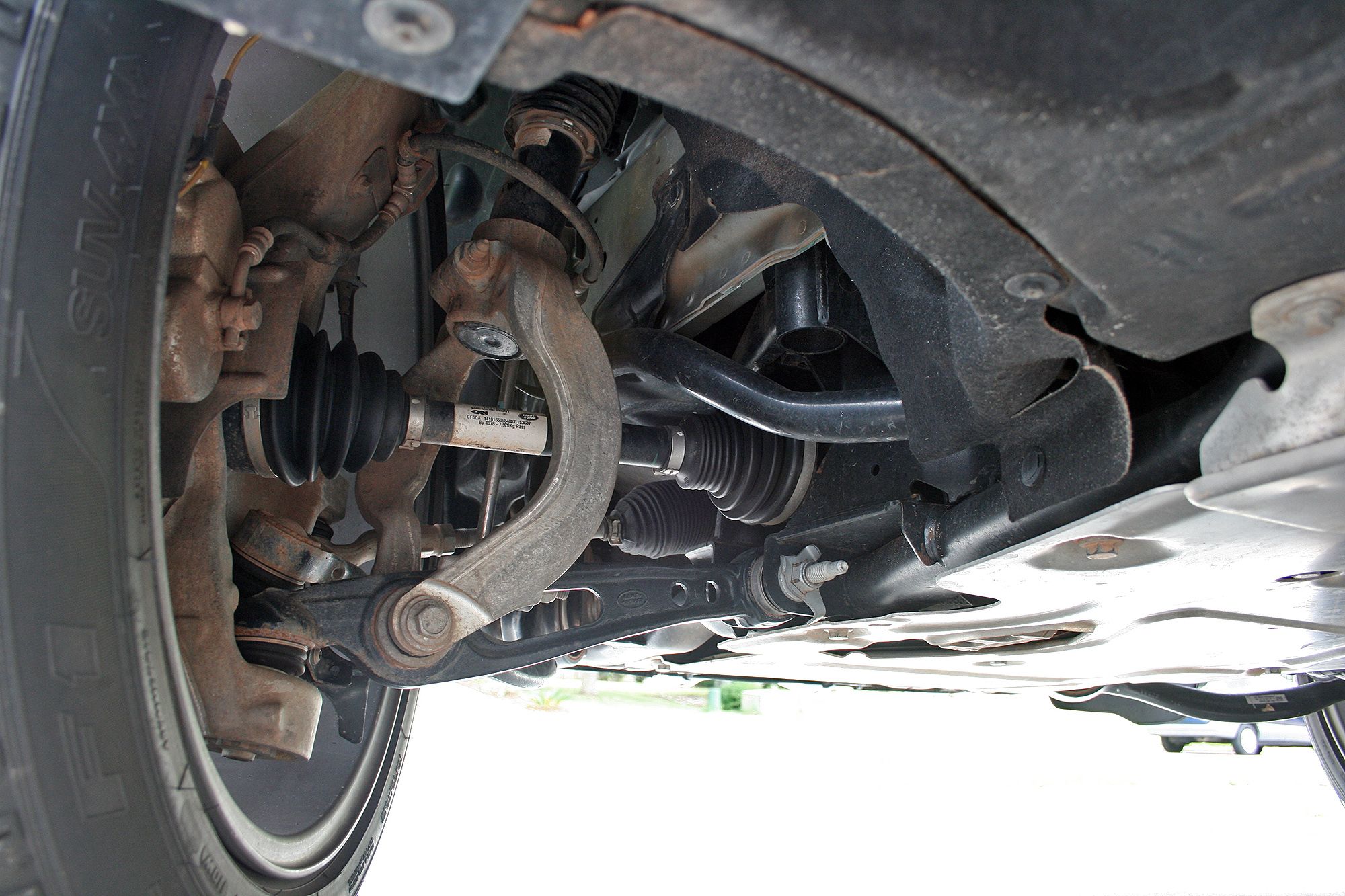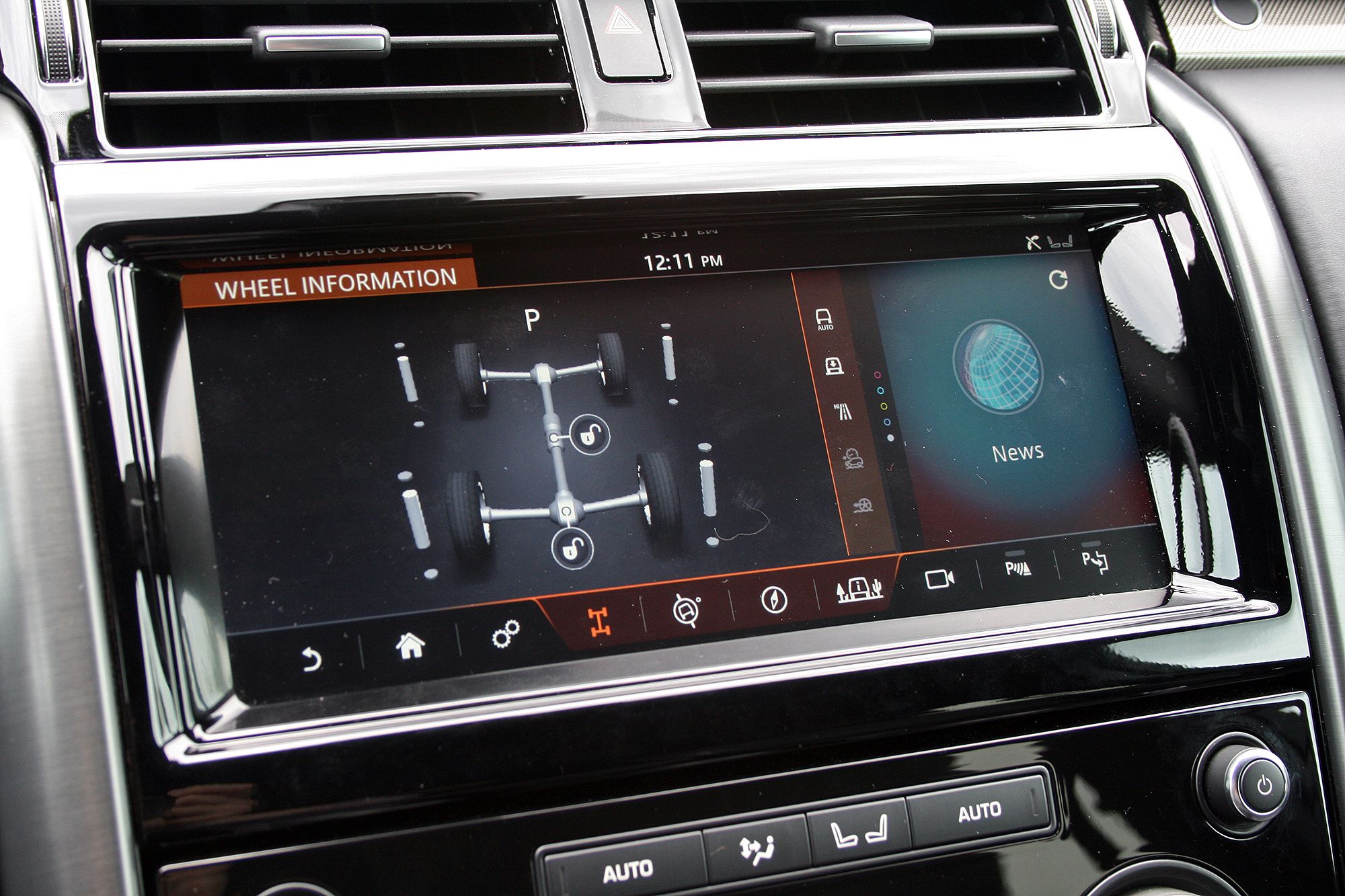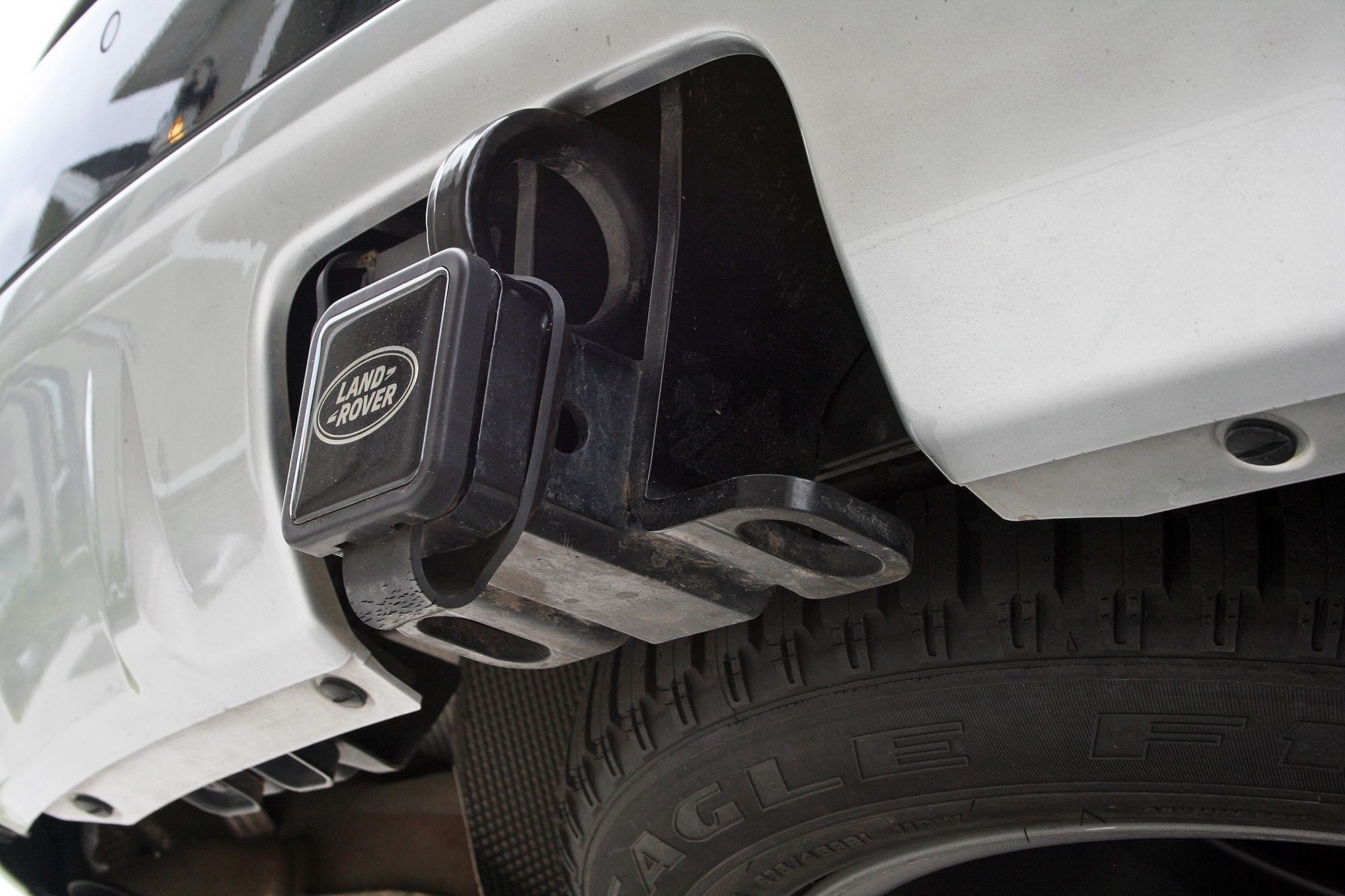It’s no secret Land Rover products are good off-road. The brand has been making a name for itself since 1948, after all. But in modern times, Land Rover has been trading solid axles and ladder frames for unibody construction and independent suspensions with air springs. Land Rover’s latest vehicle is the 2017 Discovery, an all-new take on the classic nameplate that dates back four generations. Now in its fifth, the Discovery adopts the unibody chassis and high-tech gadgetry designed to make it handle rough terrain better than its competition. Well, this week has me behind the wheel of the fifth-generation Disco, and boy does it ever impress.
I’ve already said the Discovery drives like the Range Rover on which it’s based, and I’ll have a full review coming soon, but I wanted to explore the Discovery’s off-road components in detail. The Discovery uses familiar technology found across the board in other Land Rover products. The heart is Land Rover’s Terrain Response 2 system. It acts as the brain and control center of the vehicle. The driver selects the appropriate terrain and ride height setting, and the computer does the rest. It monitors vehicle progress upwards of 1,000 times a second and modifies differential locks, traction control, and throttle inputs to ensure the vehicle keeps moving. But, there’s more to the Discovery than just a fancy computer program.
Continue for more information.
Software Meets Hardware
The 2017 Land Rover Discovery might be new, but its brains and brawn are familiar to Land Rover loyalists. The Terrain Response 2 system melds with a four-corner air suspension and a lightweight aluminum chassis to deliver both outstanding off-road performance and class-competitive on-road dynamics.
The Terrain Response 2 system has six settings: General Driving; Grass/Gravel/Snow; Mud and Ruts; Sand; Rock Crawl; and Auto. The driver chooses the setting that best fits the terrain he’s currently driving over and the system does the rest. Auto mode removes the guesswork and lets the computer decide how best to attack the terrain. The air suspension complements the drive modes with three height settings. Access height allows grandma an easy step into the cabin with the suspension at full tuck. This setting is also automatically selected at speeds above 65 mph for decreased drag and better handling. Normal height is the obvious choice for the majority of driving. Off-Road height fills the air suspension to full height, giving the Discovery an impressive 11.1 inches of ground clearance and allows the wheels 19.7 inches of travel.
The extra ride height also affords an impressive 34-degree approach angle, a 27.5-degree break-over angle, and a 30-degree departure angle. And, thanks to the Discovery’s tight seals, it can ford up to 35.4 inches of water – that’s nearly three feet! The engine breaths dry air thanks to an innovative intake system that pulls air from the hollow hood. Air then flows through an air/water separator in both front fenders before entering the twin air boxes ahead of the engine. What’s more, the Discovery continuously monitors water depth, displaying the information to the driver. Needless to say, it would take some irresponsible driving to hydrolock the Discovery’s engine.
Another self-preservation item on the list is the extensive underbody skidplating. A continuous steel plate protects the engine, transmission, and front differential, while thick plastic panels cover the fuel tank and line the rocker panels towards the rear. Thick lower control arms on the rear suspension help keep the air suspension protected from harm.
Perhaps the most important aspect to off-roading is putting traction to the ground. The Land Rover Discovery does this with its two-speed transfer case and two locking differentials. The transfer case provides an unlocked, 50/50 torque split between the front and rear wheels in normal driving. The fully synchronized T-case can then shift into Low Range at speeds up to 37 mph, providing more torque for low-speed situations. The T-case also acts as the center differential. In most situations, it remains open, allowing the computer to send power to whichever axle has traction. When needed, the diff partially locks to send constant power forward, turning the front tires. In certain cases, the differential fully locks, distributing power in a constant 50/50 split between the front and rear, regardless of wheel spin. The second locking differential is out back. It locks in more situations, giving equal power to the two rear tires.
Complementing the T-case and locking differentials is Land Rover’s All-Terrain Progress Control software. It lets the driver set a crawl speed ranging between 1.2 and 19 mph. It acts like a low-speed cruise control and allows the driver to focus solely on steering while the computer handles throttle and braking. The system also has a Low Traction Launch feature that minimizes engine torque for starting on slick surfaces like snow or wet grass.
Similarly, Hill Descent Control is present and manages speed when coming off a steep incline. The system does far more than hold the brakes for the driver. It monitors each tire’s grip and individually modulates braking pressure to keep the tires from locking up. The driver can control the speed via the cruise control buttons on the steering wheel.
Outward visibility is also important when hitting the trails. The Discovery uses Land Rover’s familiar 360-degree camera feature, along with specific camera angles, to give the driver a view of what’s around. Views include the front tires, ahead of the front bumper, and what’s behind the rear bumper. Parking sensors also help with audible beeps when an object gets too close.
Regardless of a driver’s proficiency or a vehicle’s capability, getting stuck is a reality of off-road driving. Fortunately, the Land Rover Discovery is fully equipped to handle this. Tow hooks in the front and rear come standard on every model. The front tow hook is located behind a removable panel on the lower front fascia. Likewise, the rear tow hook is located behind a removable panel on the rear bumper. Those Discoveries with the optional towing package (like my test vehicle pictured here) get a huge towing eye welded onto the receiver hitch.

